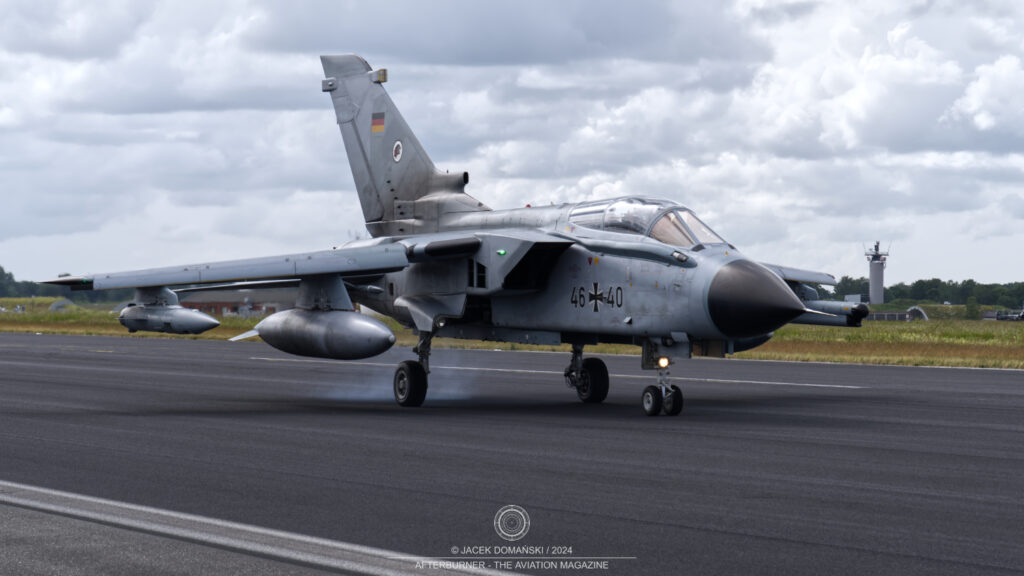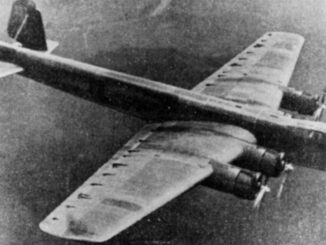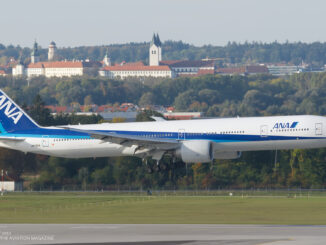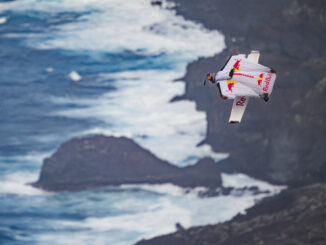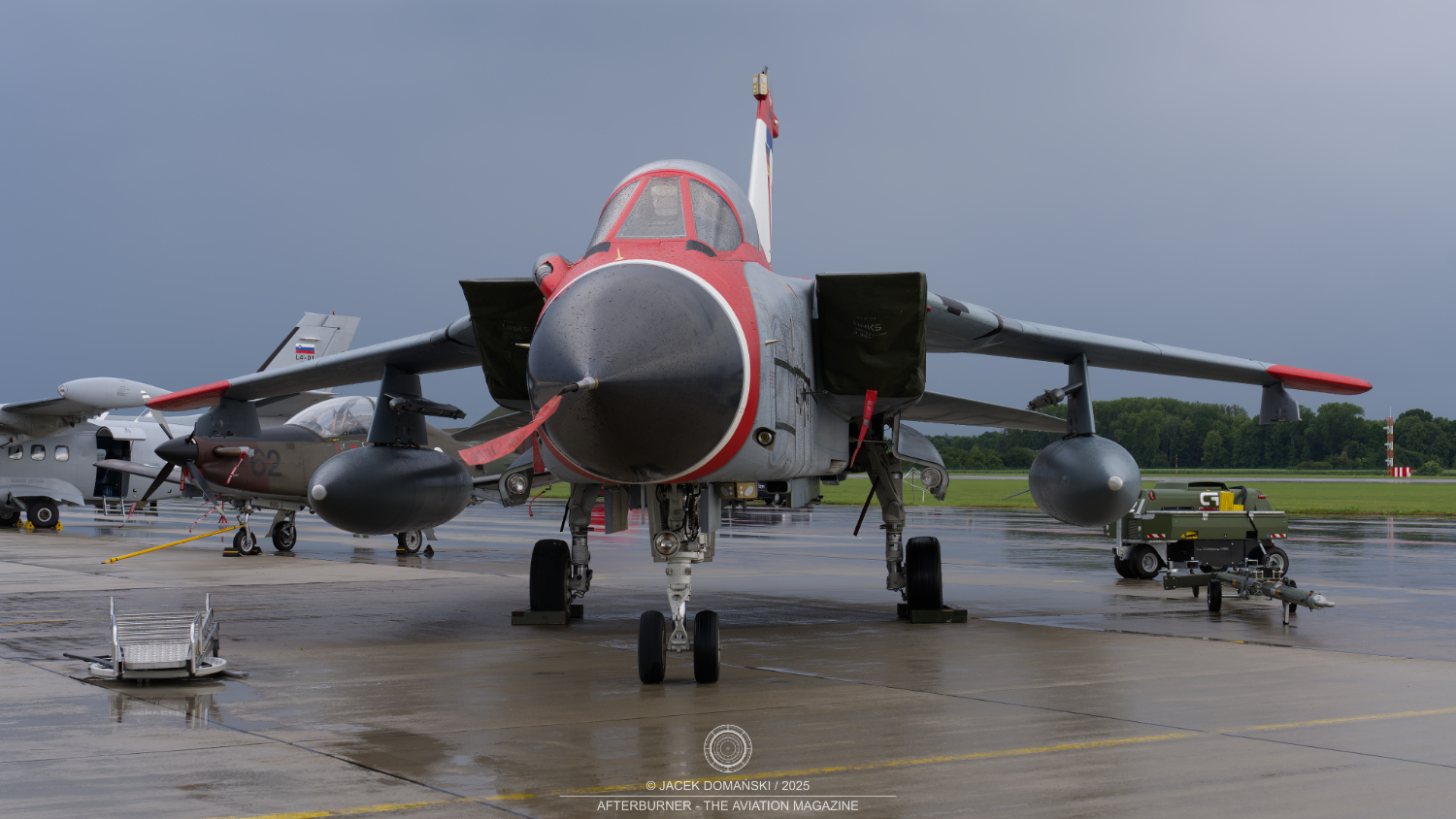 Panavia Tornado is one of the most iconic aeroplanes of the Cold War era. This twin-engine, variable-sweep wing multirole jet aircraft was developed in the early 1970s by Panavia Aircraft GmbH, a tri-nation consortium consisting of British Aerospace, MBB and Aeritalia.
Panavia Tornado is one of the most iconic aeroplanes of the Cold War era. This twin-engine, variable-sweep wing multirole jet aircraft was developed in the early 1970s by Panavia Aircraft GmbH, a tri-nation consortium consisting of British Aerospace, MBB and Aeritalia.
The idea of creating a new Multi-Role Combat Aircraft (MRCA), to replace the European F-104 fleet, was born in the late 1960s. Initially, the aeroplane was to be developed within a multinational project supported by four countries – the United Kingdom, Italy, Germany and the Netherlands. However, the latter soon withdrew from the partnership, considering the aircraft too sophisticated and expensive.
The three remaining countries continued the work, carried out by Panavia GmbH – an entity created by the partner nations to develop and then manufacture the new aeroplane, with production tasks shared between aviation companies from all the three countries. The same co-operative model was applied to the development of the engine and other equipment for the new MRCA.
Interestingly, the new aircraft was, at the outset, intended to be produced in both single-seat and two-seat variants, depending on operational requirements. Only during its development, it was decided to unify the fuselage and production process by focusing solely on the two-seat version. Initially, the new European combat aircraft was named Panther. The name Tornado emerged later, during the final stage of the development.
On 14th August 1974, the first prototype of the Tornado took-off for its first flight from the German air base at Manching. Two years later, on 10th July 1979, the first serially manufactured Tornado performed its maiden flight, after the first order for the new MRCA was placed. As with the development, also production of the aircraft was split between the three partners: the UK and Germany each had a 42.5% share, while Italy received the remaining 15%.
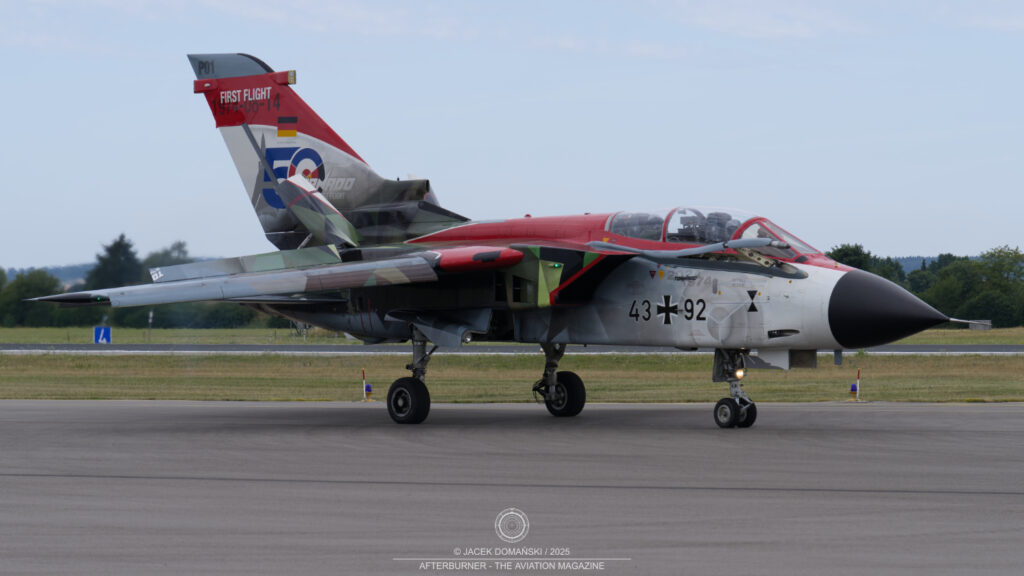
Between 1979 and 1998, a total of 990 Tornados was produced. The aircraft was manufactured in three variants: Interdictor/Strike (IDS), Electronic Combat/Reconnaissance (ECR) and the Air Defence Variant (ADV). Despite several sales attempts, the Tornado was operated almost exclusively by the air forces of the partner countries. The only exception is the Royal Saudi Air Force, which ordered IDS and ADV variants in two batches (1985 and 1993).
Although the Tornado entered service in the last decade of the Cold War, it nevertheless became one of the aviation icons of the era – largely because of the purpose behind its development. After several upgrades, Tornados remained in active duty until the 2020s and have an impressive combat record, having participated in almost all major conflicts since the 1990s.
The United Kingdom was the first country to retire its entire Tornado fleet. On 1st April 2019, the aircraft was officially withdrawn from active service with the Royal Air Force.
Germany still operates a fleet of approximately ninety Tornados. They are expected to remain in active service until 2030, after which they will be replaced by the F-35 Lightning II and the Eurofighter Typhoon in a new variant specialised for electronic warfare.
The Italian Air Force has already begun the Tornado retirement process. At the beginning of July 2025, 6° Stormo (the 6th Wing) at Ghedi held an official farewell event, followed by the withdrawal of its IDS aircraft from active service. Italy plans to retire all of its Tornados by the end of 2025, when the ECR variant is scheduled to be decommissioned. As in Germany, the Panavia Tornado in service with the Aeronautica Militare will be replaced by the F-35 Lightning II.
